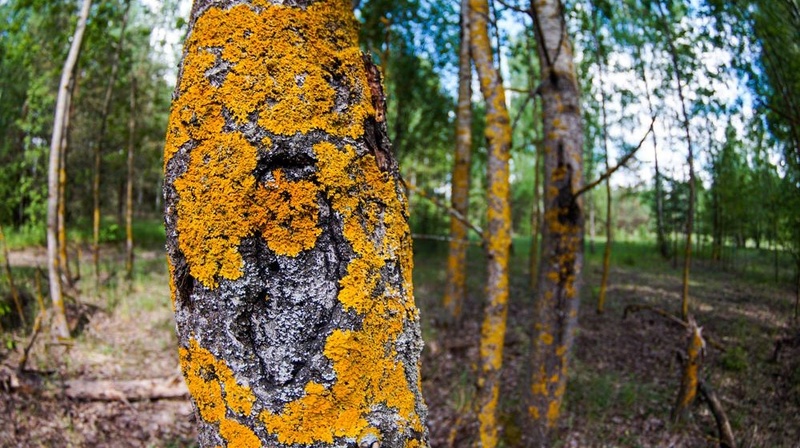
Do You Have a Troubled Tree?
Protect the trees on your property by keeping an eye on them. If you see trunk cavities or fungal conks, or if sections of a tree are dying, reach out to a professional for help. An arborist will help you know what to do.
Most homeowners prize the trees on their properties. Full, healthy trees provide shade and add beauty. Mature trees impart a sense of stability, permanence, and comfort.
No one likes to lose a tree. And yet sometimes trees decline for reasons that could have been addressed if the homeowner had known what to look for. In this blog, we cover five conditions homeowners should watch for in their trees.
Codominant, or “V” Trunks
A tree with codominant stems has two trunks that grow in a “V” from one central trunk. Watch out for trees with this kind of structure because they are vulnerable to breakage in windstorms. When the two branches or trunks are matched in size, they may split down the middle of the juncture and break the primary trunk in half.
When the codominant trunks form a narrow “V,” the bark where they join gets pressed together. This weakens the trunk and makes a split down the middle even more likely.
The vulnerability can be offset by corrective pruning by an experienced arborist or with cabled reinforcement.
Holes in the Trunk
When a tree has a cavity in the side of its trunk, the hole should be checked. Disease, fungus, and pests can get into the hole and infect and weaken the tree. An arborist will examine the cavity, identify any issues inside it, and create a plan for resolving those issues.
Dead Branches
Dead branches indicate that something may be wrong with a tree. How do you know if a branch is dead? If it has no leaves or buds, and it’s not on a deciduous tree in wintertime, it may be dead. If all its smaller branches have broken off, then it probably died some time ago. An arborist may be able to identify the cause of the dead branches and determine what can prevent further decline.
In the meantime, the dead branches should be removed so that they don’t come down in a windstorm and damage property or injure people.
Internal Rot or Decay
Rot or decay inside a tree cannot be seen, so the signs of it must be noted. Fungal conks, which are odd growths that can look like half a plate sticking out horizontally from a trunk, are a sign that something is wrong inside the tree. Holes in the trunk and the presence of carpenter ants are two more signs of possible internal decay.
Circling Roots and Other Root Abnormalities
Roots that don’t grow in a regular pattern and structure can lead to problems for the tree. If sections of the tree are dead, the canopy is thin, or the tree is not thriving, it may be the result of root problems. Roots that encircle a trunk rather than growing out or down are abnormal. Swollen root collars at the bottom of trunks indicate something is not right. Fungal conks or mushrooms growing near the base of a tree are more signs of possible problems affecting the tree’s health.
What to Do
Some of the problems mentioned above are not reversible. In these cases, which can be confirmed by an arborist, taking the tree down at some point may be necessary. Other issues can be reversed or managed on the advice of a tree-care professional. In Florida, your local extension office of the University of Florida is an information resource. Find your Extension County Office here.